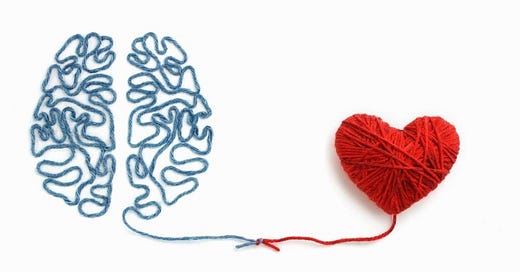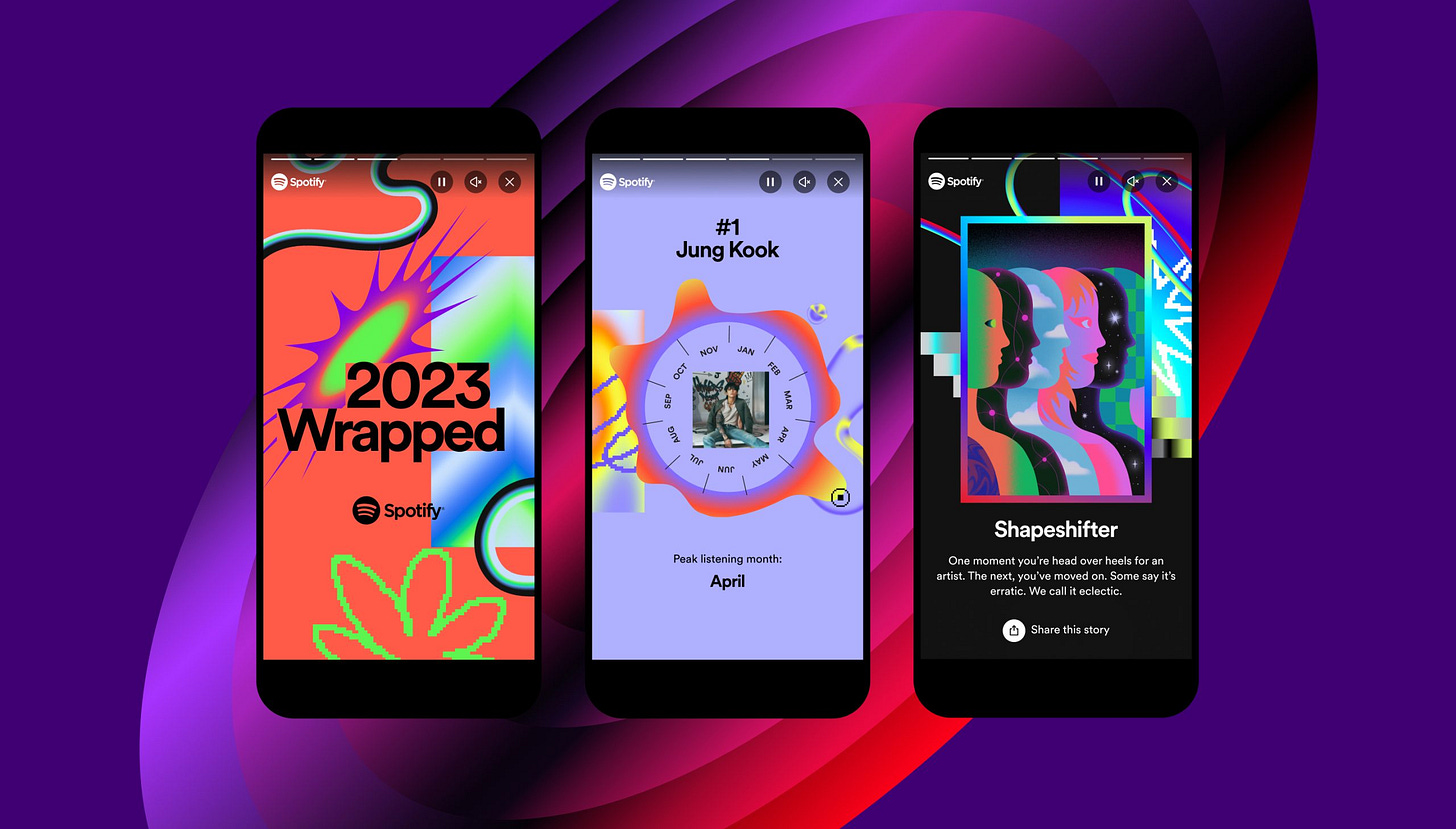In today’s overcrowded markets, where 95% of new products fail (Harvard Business School), standing out has never been more challenging. With over 8 million apps vying for attention in app stores and thousands of new hardware innovations launching annually, the competition is relentless. In this red ocean ecosystem, where markets are saturated and differentiation is vital, creating a product that truly captures users’ attention—and their hearts—is more difficult than ever.
The question is not only if your product is solving a problem, butalso how it’s making users feel. Functional features may get you in the game, but they won’t guarantee success. Without emotional connection, even the most innovative products can fail to resonate with users and disappear into obscurity.
The Red Ocean: A Ruthless Battleground
Let’s face it: the digital and hardware spaces are brutal. For every innovative idea, there are dozens—if not hundreds—of similar solutions.
Consider how many messaging apps, fitness trackers, or streaming services you’ve seen pop up in recent years. In these hyper-competitive markets:
42% of failed products cite a lack of market need or differentiation as their primary downfall (CB Insights).
19% fail due to pricing or perceived value mismatches.
In such environments, differentiation is no longer optional—it’s the price of survival. But with so many products competing for attention, standing out through functionality alone is a losing battle. The real differentiator is emotional connection.
Why Emotional Connection is a Must-Have
Products that emotionally connect with their users are 2.5x more likely to succeed (Forrester). Why? Because emotional connection drives loyalty, inspires advocacy, and fosters long-term engagement—qualities that functionality alone can’t achieve.
Take Spotify, for example. While its core functionality—streaming music—is available across countless platforms, Spotify has built an active user base of over 500 million people by going beyond functionality. Features like Spotify Wrapped, a personalized year-in-review, deliver an experience that makes users feel seen and valued. This emotional touch turns Spotify from a utility into a source of pride and joy, deepening user loyalty.
Similarly, Apple doesn’t just sell devices—it creates aspirational products that evoke feelings of exclusivity and belonging. Dyson turns mundane household items into symbols of innovation and quality, making users feel empowered and inspired. These companies understand that emotional engagement isn’t a nice-to-have—it’s the foundation for standing apart in a crowded marketplace.
The Emotional Gap in Today’s Products
Too many products today focus solely on functional needs, like solving problems or improving efficiency, while neglecting how users feel during and after using the product. This lack of emotional connection is a missed opportunity. Capgemini found that 70% of emotionally engaged customers spend twice as much on brands they connect with. Emotionally engaging products also enjoy higher retention rates, stronger word-of-mouth referrals, and greater resistance to competitor poaching.
Without an emotional bond, products risk becoming interchangeable commodities—easily replaced by the next cheaper or flashier alternative.
The Path Forward: Building for Emotional Connection
So, how do you solve the problem of standing out in an oversaturated market? The answer lies in designing for emotional engagement. Here’s how:
Understand Emotional Motivators: Go beyond functional needs and identify what feelings your users want—whether it’s joy, trust, pride, or delight.
Build for Delight: Introduce features that surprise, inspire, or humanize the experience, like Spotify Wrapped or Apple’s attention to seamless detail.
Leverage Emotional Differentiation: Use emotional connection as a competitive advantage to transform your product from “just another option” to the first choice.
The Stakes Are High—But So Are the Rewards
The red ocean isn’t going away. Markets will only get more competitive, and users will continue to demand more than just utility. Emotional connection has emerged as the defining factor between products that thrive and those that fail.
The good news? Building for emotional connection isn’t just possible—it’s proven. Succesful brands have shown that creating emotionally engaging products doesn’t just help you stand out; it turns your product into a beloved part of your users’ lives.
If you’re ready to move beyond functionality and make emotional connection the cornerstone of your product strategy, you’re already on the path to standing apart—and succeeding—in even the most crowded markets.
Subscribe today!







Thank you Nesrine to be one of the voice of the delight and user emotional connection to the products !